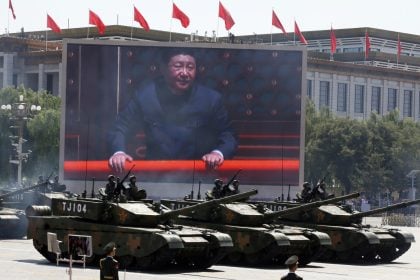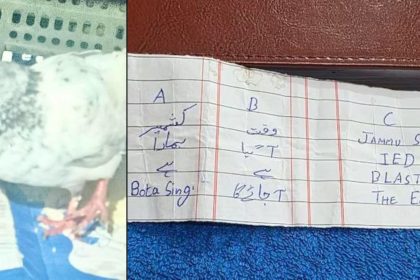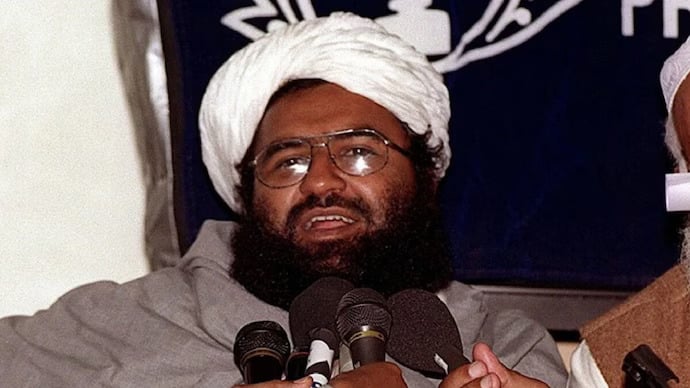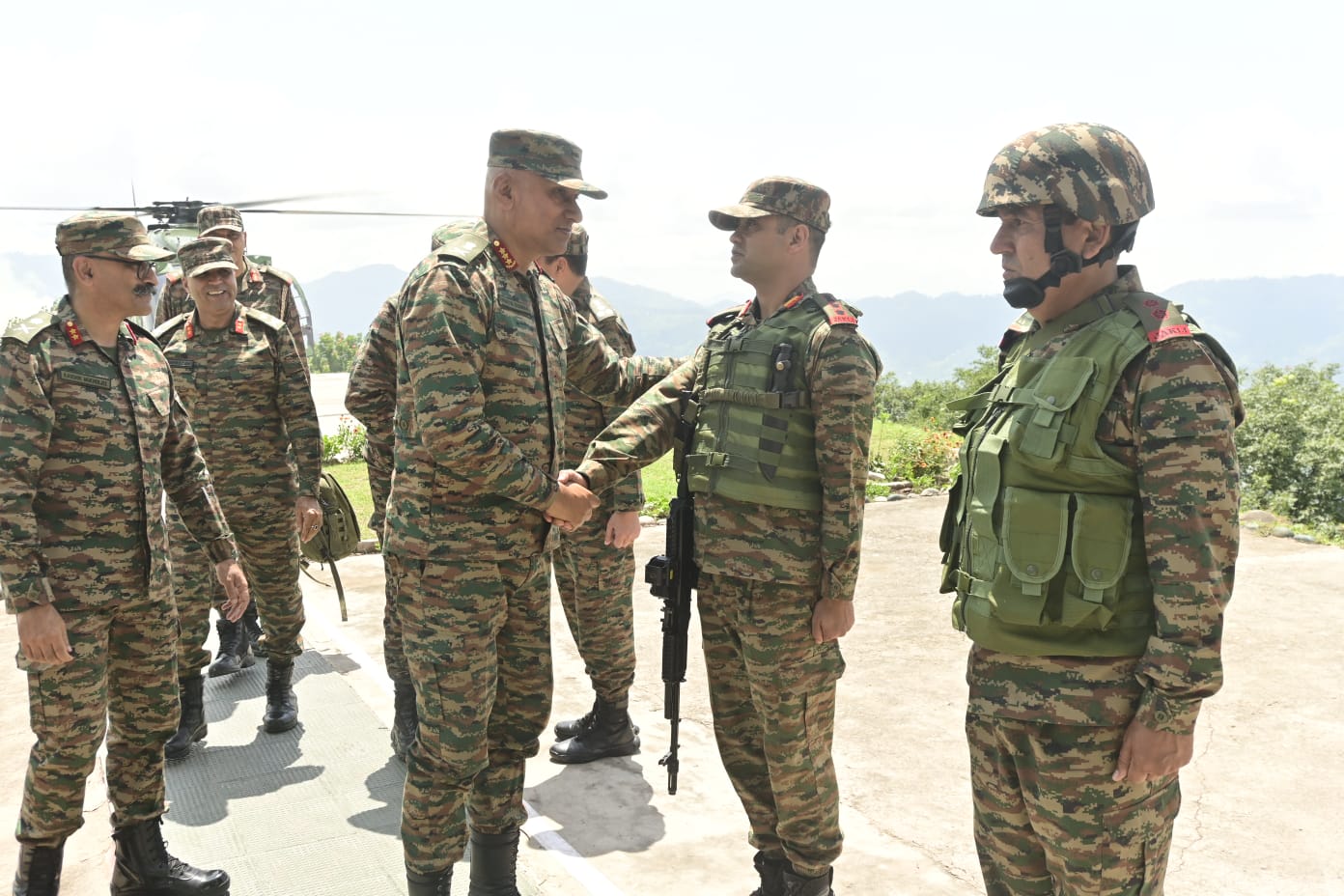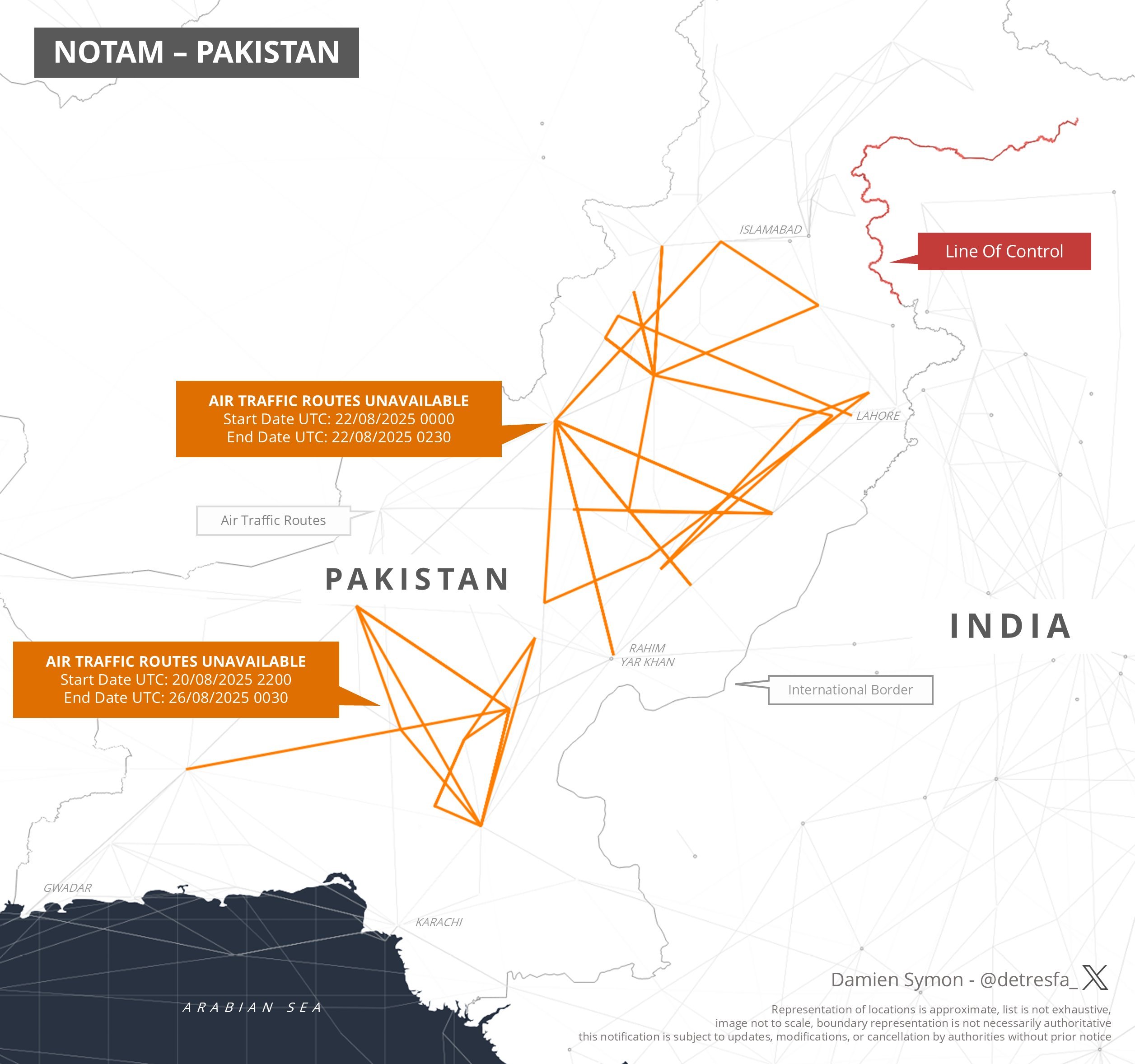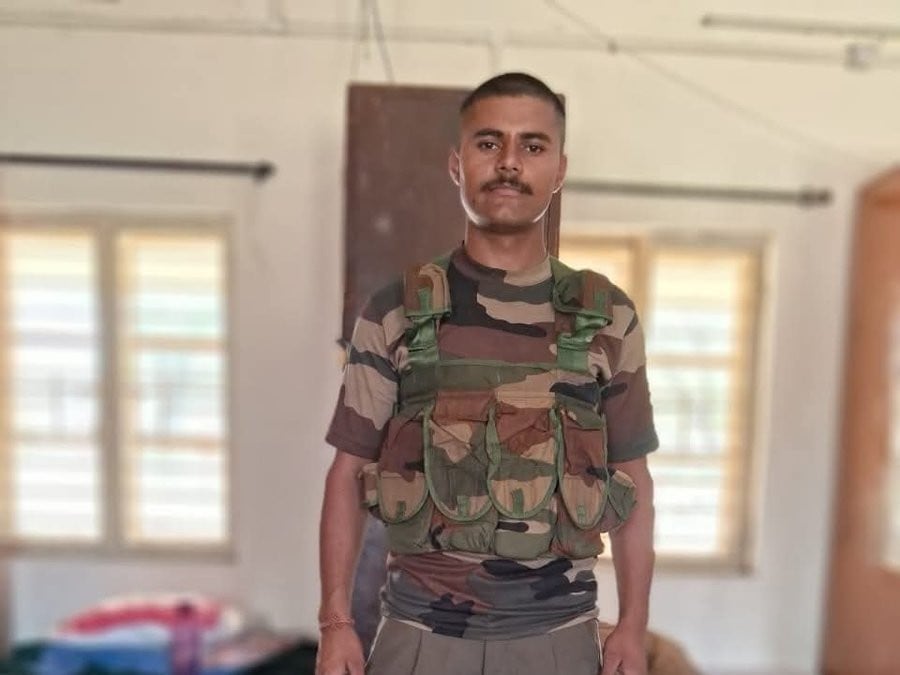China to Showcase New-Generation Weapons at September 3 Parade Marking WWII Anniversary
China is gearing up for its most extensive military parade in six years, promising the debut of a new generation…
Mysterious Pigeon Incident Sparks Security Concerns Along India-Pakistan Border
Security forces have caught a suspected pigeon near the international border in Jammu, sparking concerns of possible cross-border espionage. The…
Jaish-e-Mohammed Turns to Digital Fundraising After Indian Strikes Under Operation Sindoor
Pakistan-based terrorist group Jaish-e-Mohammed (JeM), led by UN-designated terrorist Maulana Masood Azhar, has turned to digital fundraising to rebuild its…
Lt Gen Pratik Sharma Commends Troops in Poonch for Successful Counter-Terrorism Operation
Lieutenant General Pratik Sharma, General Officer Commanding-in-Chief of the Northern Command, visited Poonch on Wednesday to commend Indian Army troops…
Pakistan Issues NOTAM Just a Few Hours After India’s Agni-5 Test Announcement, Sparks Speculation of Missile Test
In a move that has triggered fresh speculation of a possible missile test, Pakistan has announced the closure of several…
UP Agniveer Nitin Prajapati Dies of Heart Attack During Training
Tragedy struck Unchagaon village in Kairana area of Shamli district after the sudden death of 25-year-old Agniveer Nitin Prajapati, who…

